Facebook is one of the biggest social platforms out there and with the biggest reach. This makes Facebook a great platform to deliver your brand message to potential customers. With over 1.69 billion users on Facebook, it has almost a limitless opportunity to reach any kind of person at any time. In this blog post, I want to cover a single type of advertising that will help your business generate qualified leads. That is Facebook Lead Form ads.
Value and Benefits of Facebook Ads
Reach is not only a reason why we suggest Facebook Ads for lead generation. Here is a couple of additional points why you should consider Facebook Ads:
- Flexible spend: there is a minimum of $5/day per campaign. You can adjust the budget depending on your business goals and a spare budget. Facebook will optimize the spend accordingly and will never go over the limit.
- Cost-effective results: Facebook has an advanced algorithm that helps to show your ads to the right audience and deliver cost-effective results. Depending on your niche the cost per leads can vary between $2 and $50.
- Brand awareness: along with the end goal, Facebook tries to reach as many people as possible and even if they do not submit a lead, they might consider your service in the future. In the meantime, they will either share a post (that will give additional organic reach) or follow your business page.
- Pipeline growth: constantly generating leads is a crucial part of every business. More leads = bigger pipeline = more automatic emails sent = more clients. With Facebook Ads, you have a predictable number of leads per day.
- Pre-market leads: with the Facebook behaviour algorithm, you can get those leads who are just started researching required services on Google.
- Traditional methods replacement: instead of making 100 calls a day or send hundreds of emails, make 10 while sitting at home and having a pipeline to populate almost on autopilot
Why Facebook Lead Forms
Lots of people do not want to spend time filling out the forms and spend too much time on that. Facebook Lead ads make life much easier. When a user taps on your ad, the lead form is already pre-populated with the Facebook contact information (name, phone number, email etc.). You can also create custom questions to qualify the potential lead even more.
With multiple 3rd party connectors, like Zapier, you can easily send each generated lead to any CRM you have in place. If you do not have that system just yet, all leads will be stored inside the Lead Center right on Facebook.
Another way to generate leads is to run redirect users from Facebook Ads to the designated landing page that will collect personal information. There are two main drawbacks of this option:
- It takes additional time for users to fill in their information since it’s not pre-populated.
- The landing page’s loading time can be excessive and users would not want to spend additional seconds while waiting for a landing page to load.
Getting Started – Business Manager
I assume most of our readers are familiar with the Facebook Ads basics. For those who are just starting, please note that to be able to use Facebook Ads on its full potential, you are required to create a Business Manager account. In brief, this is an all-in-one place where you will be managing your Facebook pages, Ad Accounts, payment methods, tracking pixels and more.
- Go to business.facebook.com.
- Click Create account.
- Enter a name for your business, select the primary Page and enter your name and work email.
- Move through the rest of the onboarding flow by filling in the rest of the required fields.
During the last part, you will be asked to connect pages, ad accounts and create pixels. It is super straightforward, however, if you have any issues, please refer to Hubspot’s blog post on how to get started with the Facebook Business Manager.
Getting Started – Understanding the Ad Structure
Ads Manager is a starting point for running ads on Facebook, Instagram, Messenger or Audience Network. It’s an all-in-one tool for creating ads, managing when and where they’ll run and tracking how well your campaigns are performing.
To be honest, the Ads Manager is not the only tool that is being used by advertisers. There are several other tools that help brands to research competitors, discover a potential audience, create reports, manage website pixels and much more.
However, we want to start with the basics and show you how to create a simple Lead Form ad that will help to generate qualified leads for your business. To understand the process better, let’s first get an idea of what is the overall ad structure.
The process consists of 3 big steps: campaign creation, ad set creation and ad creation. Each step has its own settings that will depend on your business needs and goals. Now, let’s see what are the setting inside each step:
- Campaign Level Settings: campaign objective, budget, campaign bid strategy, ad scheduling and delivery type
- Ad Set Level Settings: page selection, audience creation, placements selection, schedule
- Ad Level Settings: ad format, image, text, headline and description of the ad; lead form builder
We will dive into details of creating a lead generation ads in the sections below — I just want to make sure you understand the basics of ad creation on Facebook.
Campaign Creation
Now since we all understand the basics of the Facebook Ads platform, it is time to dive into the actual Lead Ad creation.
From the Facebook Ads Manager main page, click the green “Create” button.
After clicking the button, you will be redirected to the campaign creation page. Since our main objective is to generate leads right on Facebook, we will select “Lead Generation”. It is the only objective that allows us to create Lead Forms to capture contact information.
If you are based in the U.S. and trying to promote sensitive topics such as credit, employment, housing, social issues, elections or politics, you are required to put a checkmark on “Special ad categories” or your ad will be rejected.
After you select the campaign objective, we go into more campaign details. You can either select a daily or lifetime budget. We suggest a daily budget since you can be flexible in terms of daily spend.
As for the bid strategy, for new advertisers we suggest going with “Lowest cost” and let Facebook deliver you the best results for the lowest possible cost.
Ad scheduling only available with a lifetime budget and allow you to schedule ads for specific hours and days of the week.
For “Delivery type” go with standard for Facebook to spend budget during the whole day.
Ad Set Creation
Now let’s talk about targeting options that includes user interests, behaviour, location and demographics.
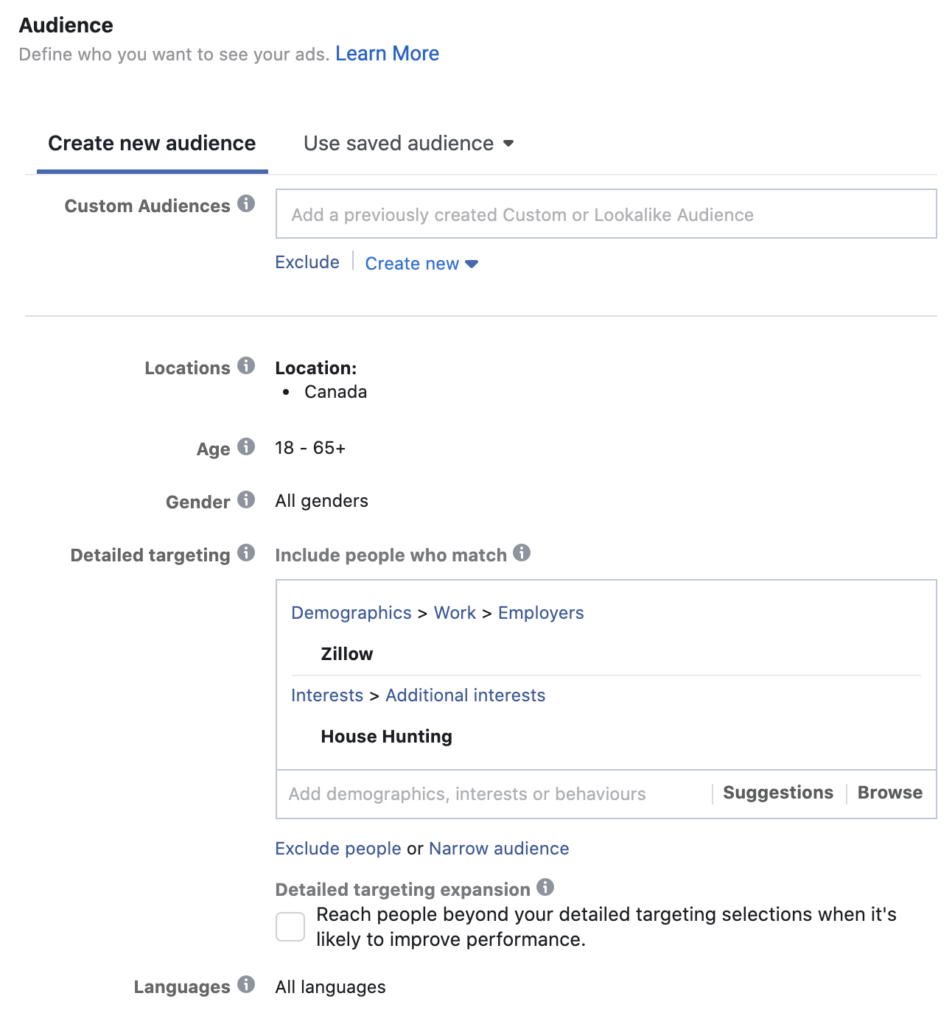
This is the most important part and you need to do your homework in finding your ideal buyer persona. For example, you can target users based on relevant interests, their age, location (country or city), gender and language.
Let’s say, you are a real estate agent looking for buyers for your listings. For our clients, we are using the following interests to deliver our message to the right people:
- Zillow
- House Hunting
- Homes.com
- First-time buyer
- Trulia
- Real estate investing
The reason we are targeting these interests is quite simple. We literally trying to find those people who have recently started looking for a property on websites like Zillow and Homes.com + other related interests.
Talking about age, it is individual for every realtor. In our case, we see a huge success in targeting 35+ since we are working primarily with luxury brokers who have high commission. However, if you are offering a 1% commission or fixed rate, we suggest your target audience from 25+.
For gender, it does not really matter if you target ALL. From our experience, we see that 70% of form submissions come from females.
We strongly suggest keeping “Detailed targeting expansion” turned off if your budget is less than $100 per day and you just started with Facebook ads. First, you need to make sure to reach your core audience. This feature is great for brand awareness.
Keep in mind, that you can adjust targeting anytime after you generate a good chunk of leads with the help of the Facebook Ads Reporting tool.
Ad Creation
This is the most important part of the whole ad creation process. You, as a business owner, need to provide value in your ads along with a “catchy” and unique offer.
If you are looking for ad ideas, we suggest using Facebook Ads Library tool. It shows all ads that are run on Facebook.
Since we are looking to collect user’s information, and therefore generate leads, we are required to create a Lead Form.
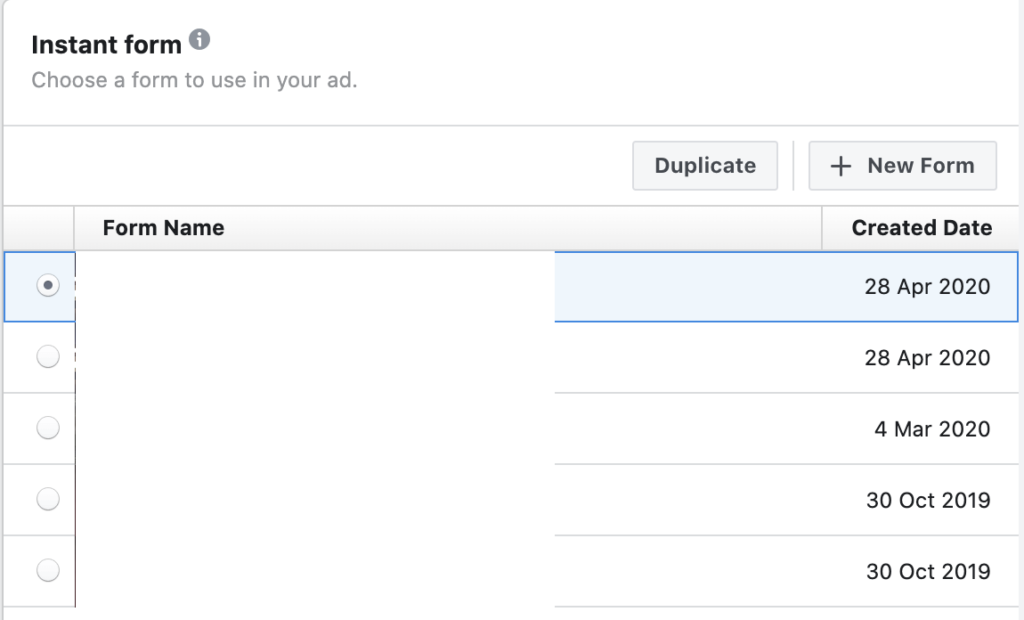
After clicking a “New Form” you will be redirected to a page where you will be asked to customize a Facebook Lead Form.
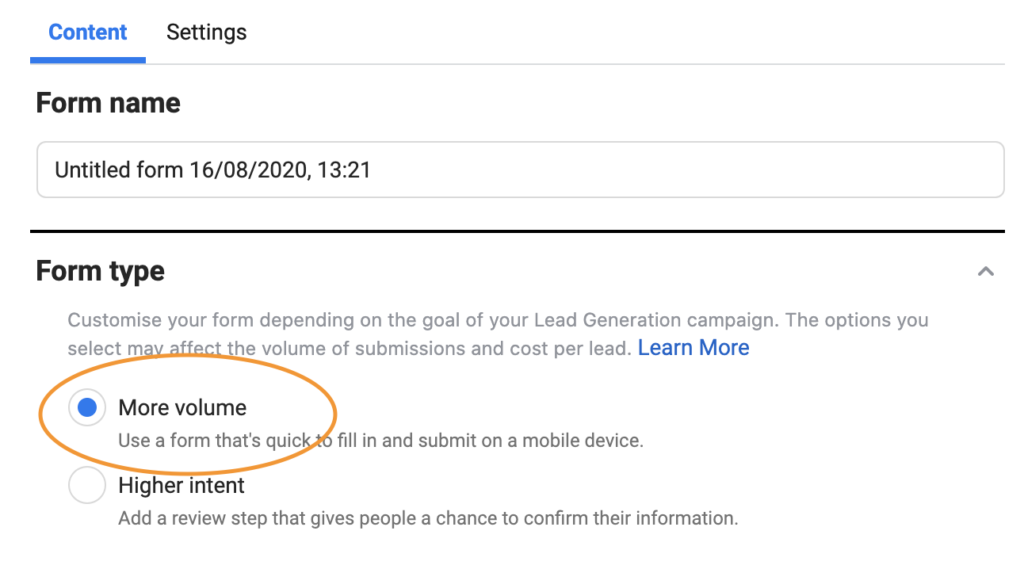
To start with, we suggest using “More Volume” Form type to have less steps when user submits a form.
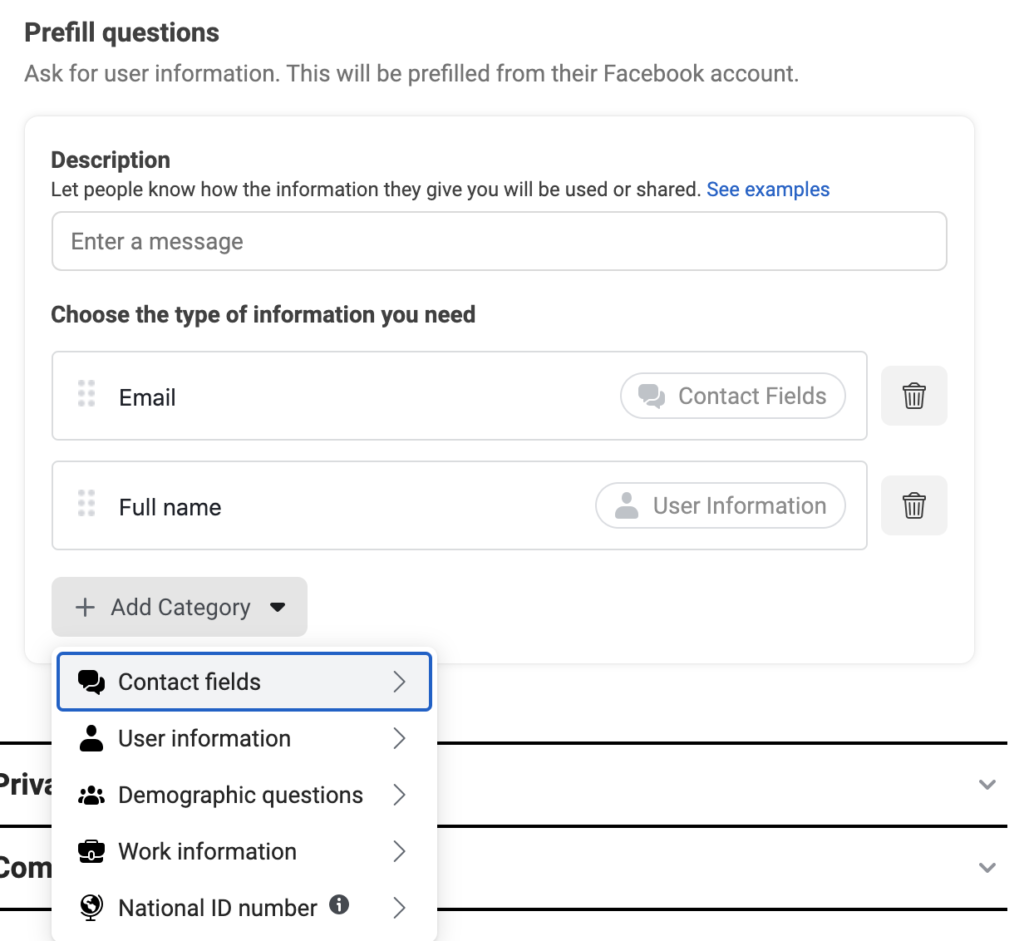
Going further down, now it is time to create questions that you would like to ask your potential clients. We suggest having 2-3 general questions like name, phone and email plus 1-2 questions that will specify information about the user. Good examples of those questions would be:
- When are you planning to move?
- What house you are looking for?
- Have you ever applied for a mortgage?
This kind if questions will help you understand more about the potential client, have an insightful conversation and build a long-term relationship.
Lead Ads Best Practices
Every business is unique. So are ads. However, there are several best practices I want to share with you from my 5-year experience in the digital marketing field. Please note, not all these practices are applicable to every business. It will give you a rough idea about what kind of ads are helping us generate leads for our clients.
Images
- Use bright and colourful images
- Include a smiling person on the picture
- Pictures of animals and babies have a lot of success
- Use funny, odd or meme images. It will help not only in lead generation but engagement and shares that will give additional organic reach
Ad Copies
- Include an attractive offer in your ads with a callout first line
- Test long and short ad copies. Different businesses see different results
- Use a couple of emojis to help users scan the copy
- Do not afraid to use line spaces – it will make it easier to read
Headlines
- The headline should highlight the main message of the entire ad copy. For example, “Buy One Get One Free” or “Sign Up Today For Free”
- You can also try using 1-2 emojis. I suggest you test it.
Descriptions
- The description helps to add additional value to your offer: “Free Shipping and Returns” or “Free Consultation” or “100% Customer Satisfaction”
- Keep it short and to the point, as it has a character limit
Examples
To give you an idea of how brands design their Facebook Lead Generation Ads, I will provide you with several ad examples below from different business niches.
Moving & Storage Industry
Real Estate Industry
Course Selling
B2B
Conclusion
Facebook Ads is a powerful advertising platform to deliver the right message to the right audience at the right time and generate quality leads for every business. Combined with Lead Forms and precise audience targeting, businesses are able to generate a constant number of leads per day, month and year. Therefore, giving a predictable ROAS that aligns with the business goals.
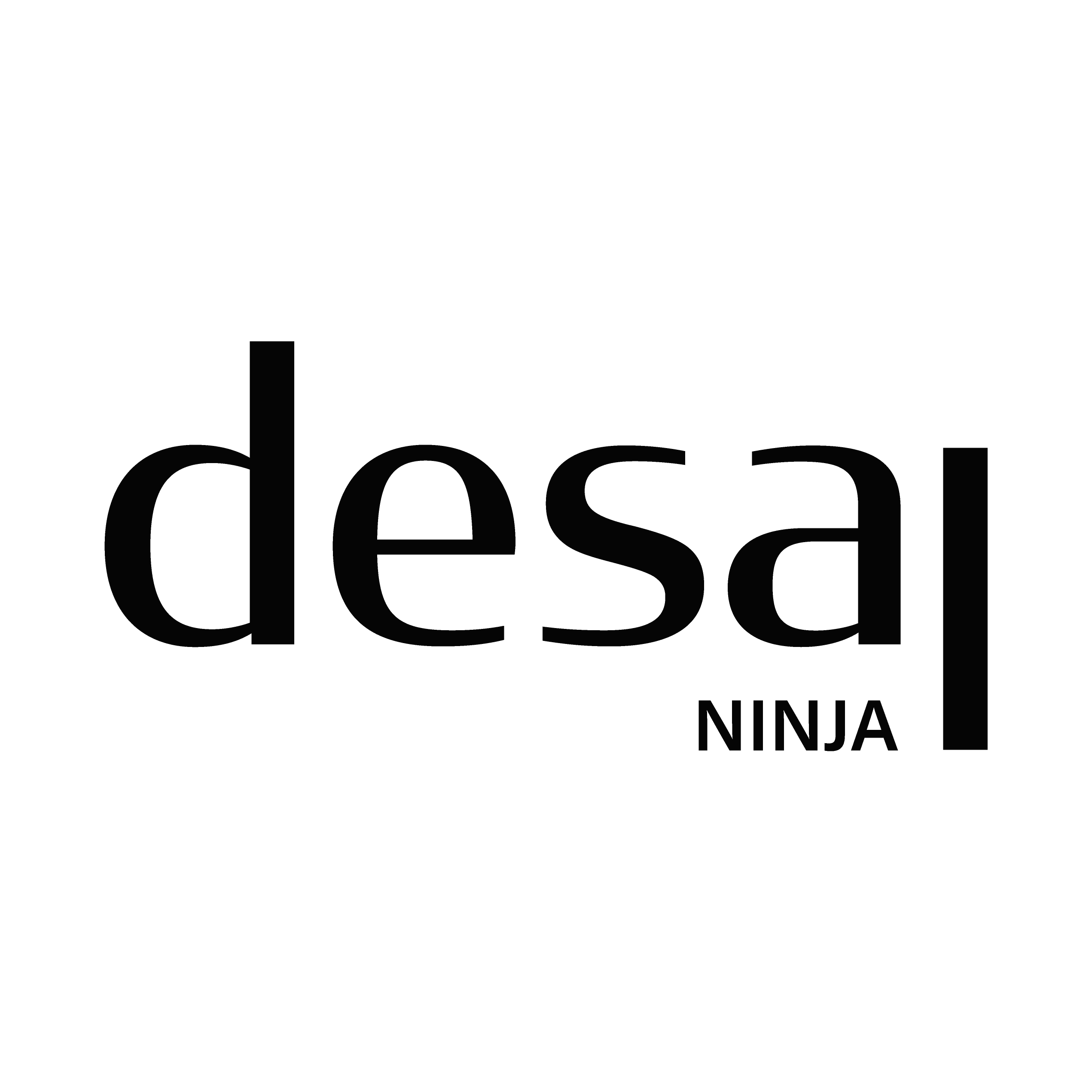


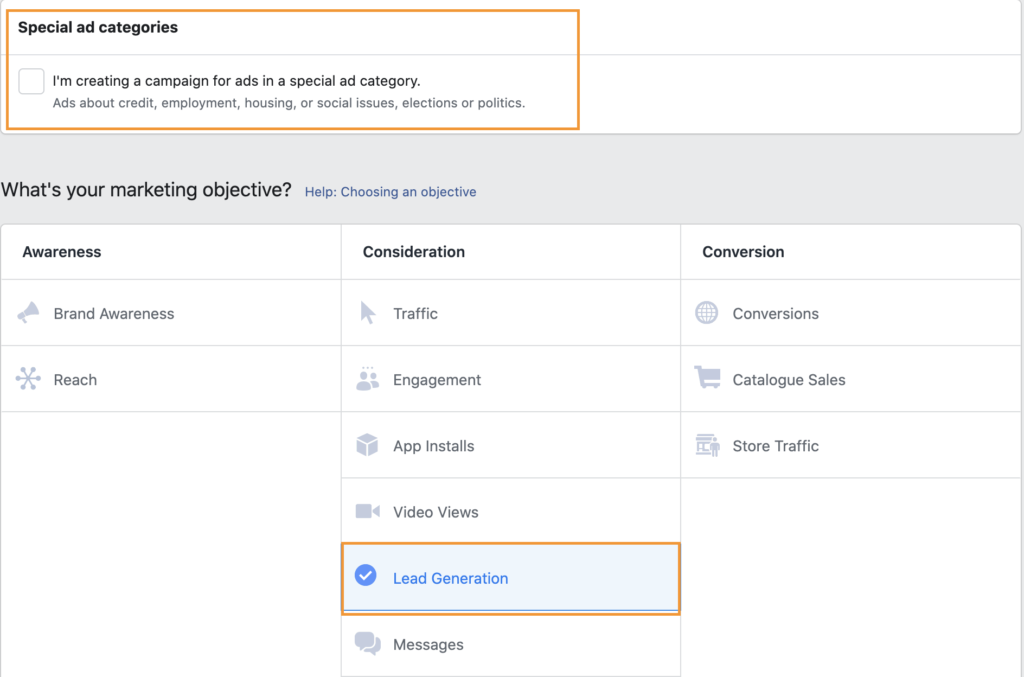
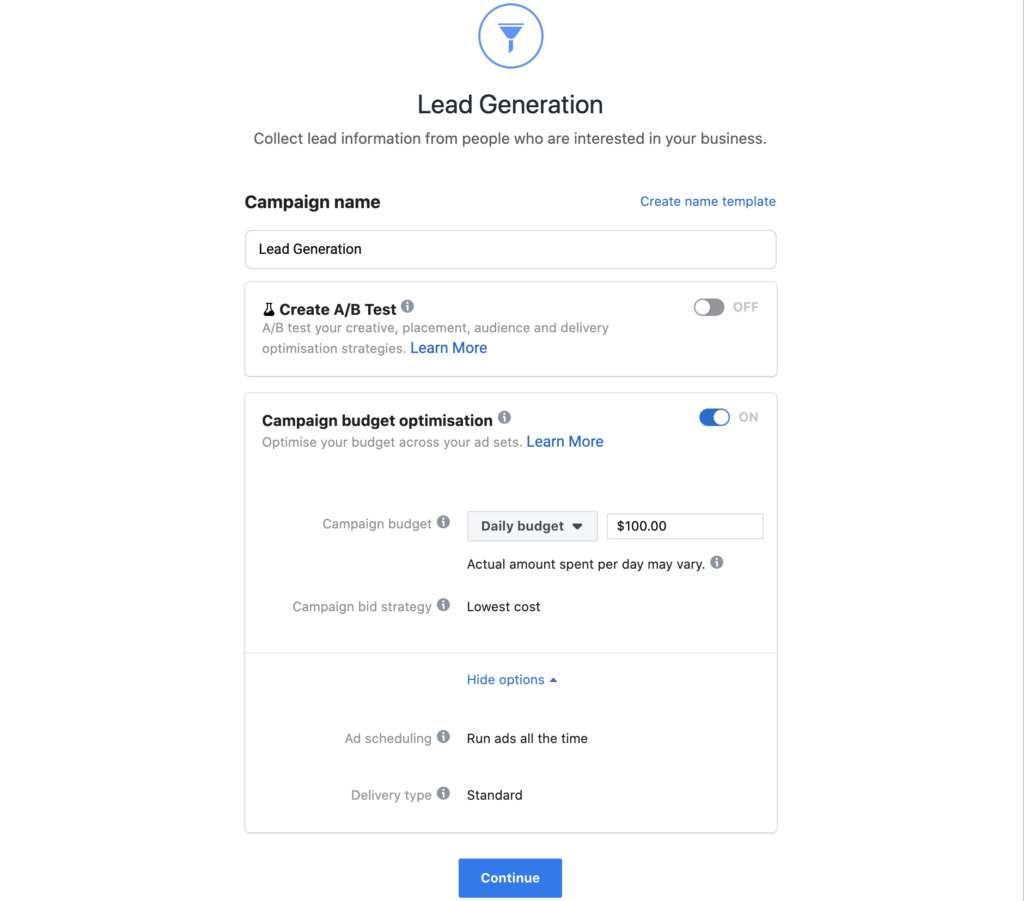
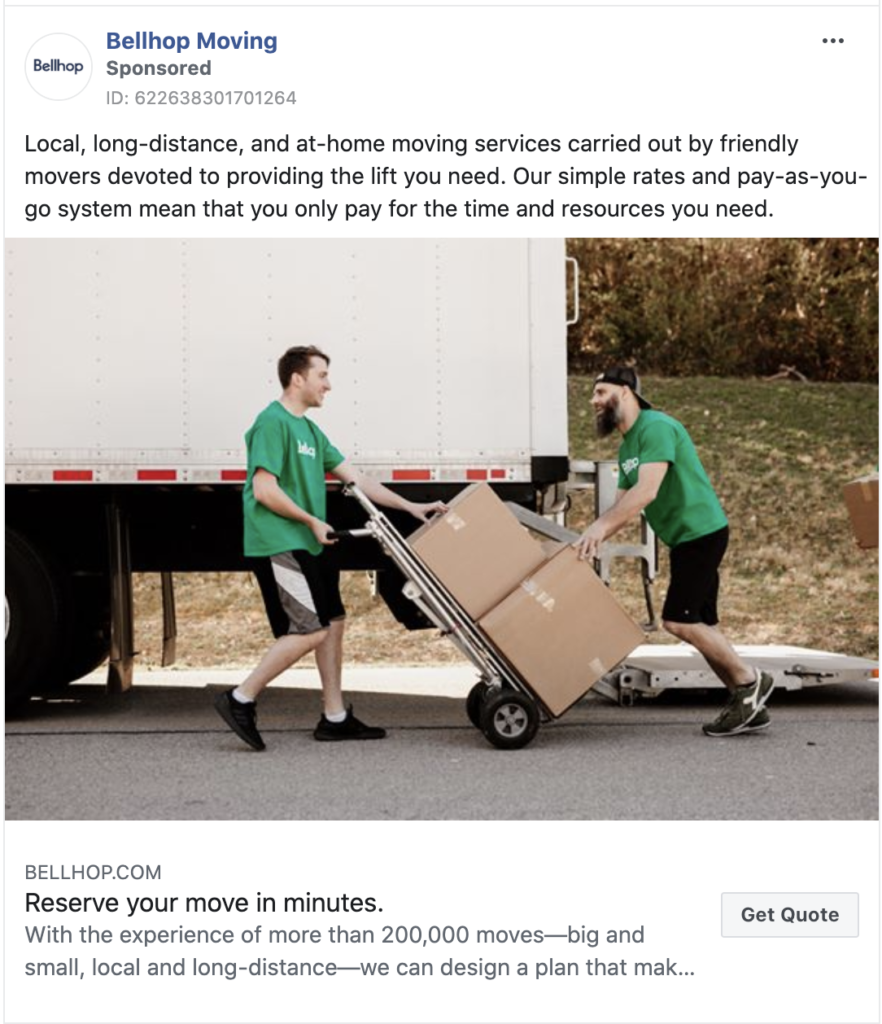
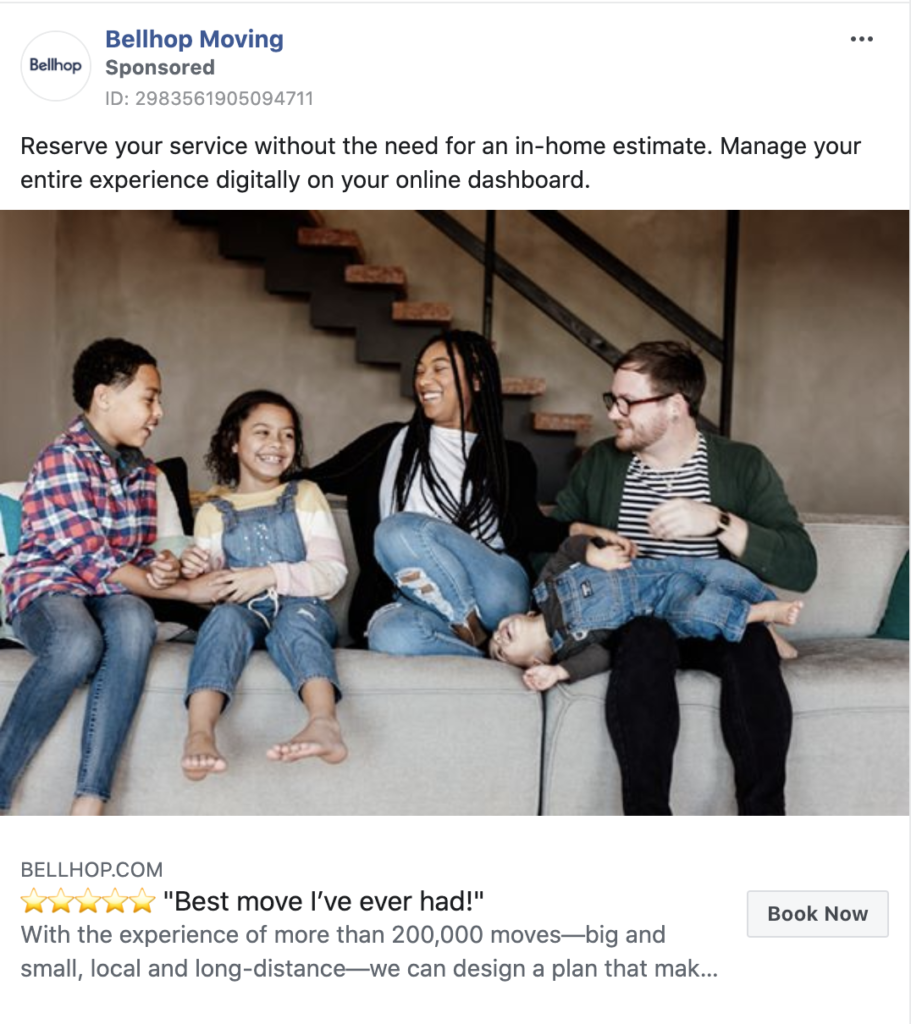
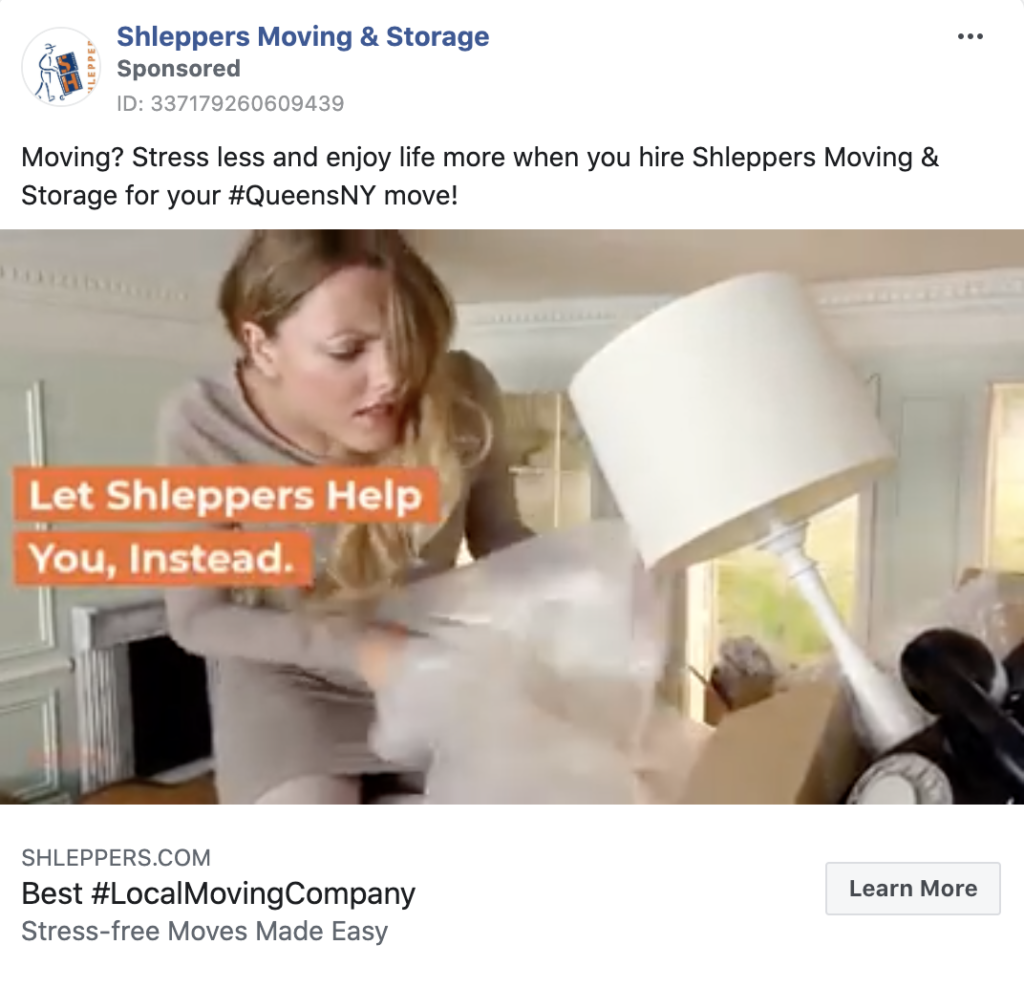
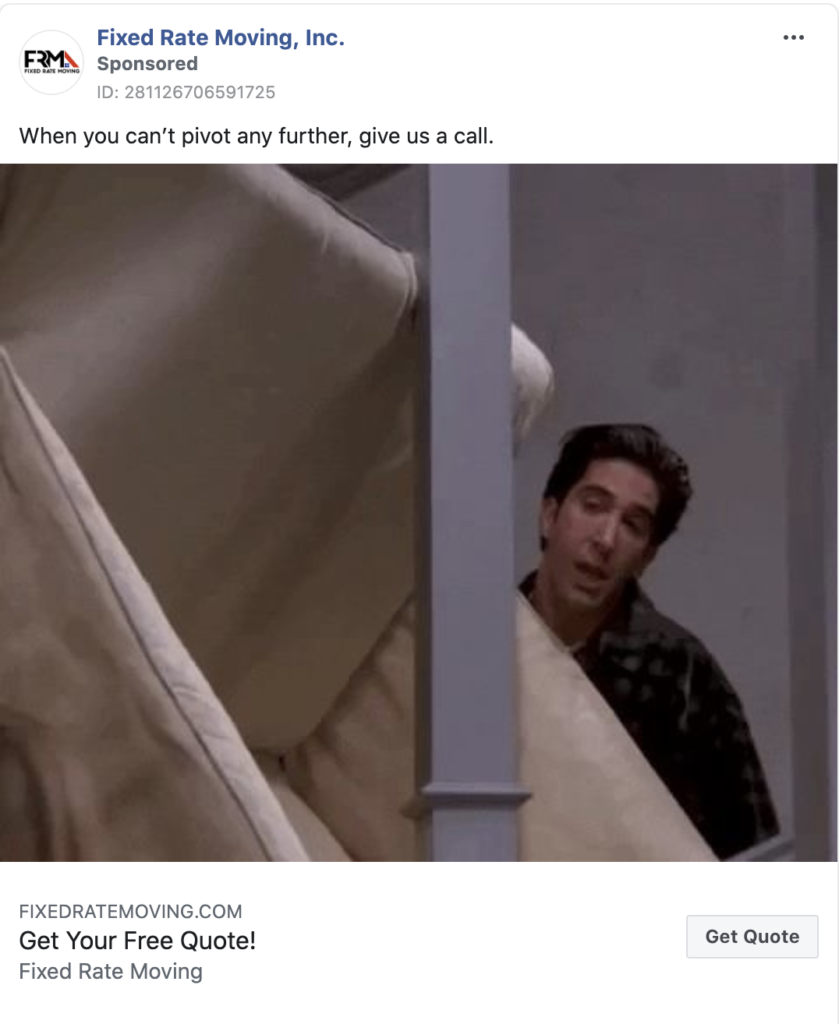

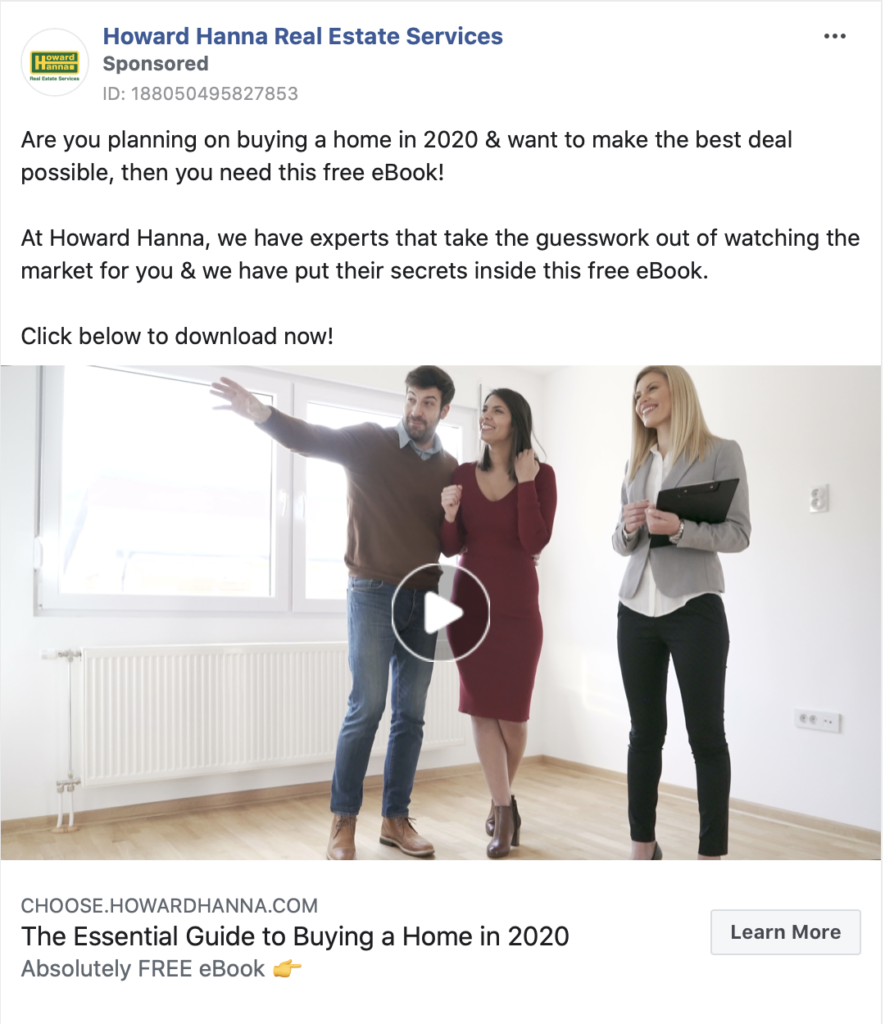
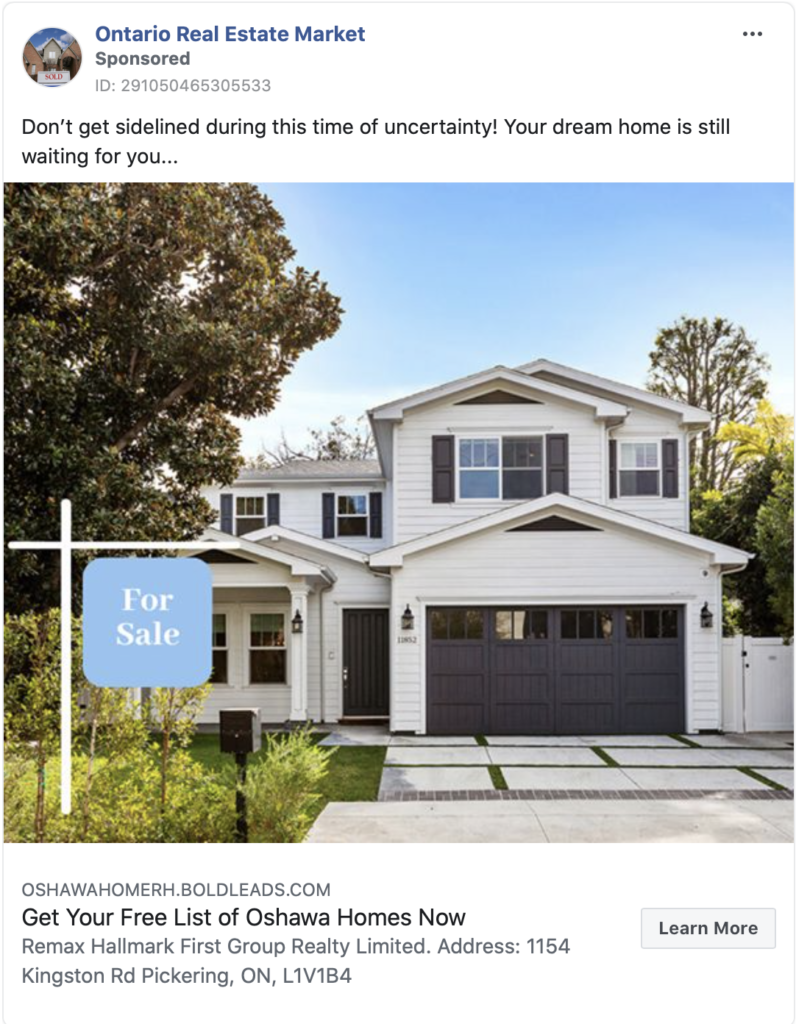
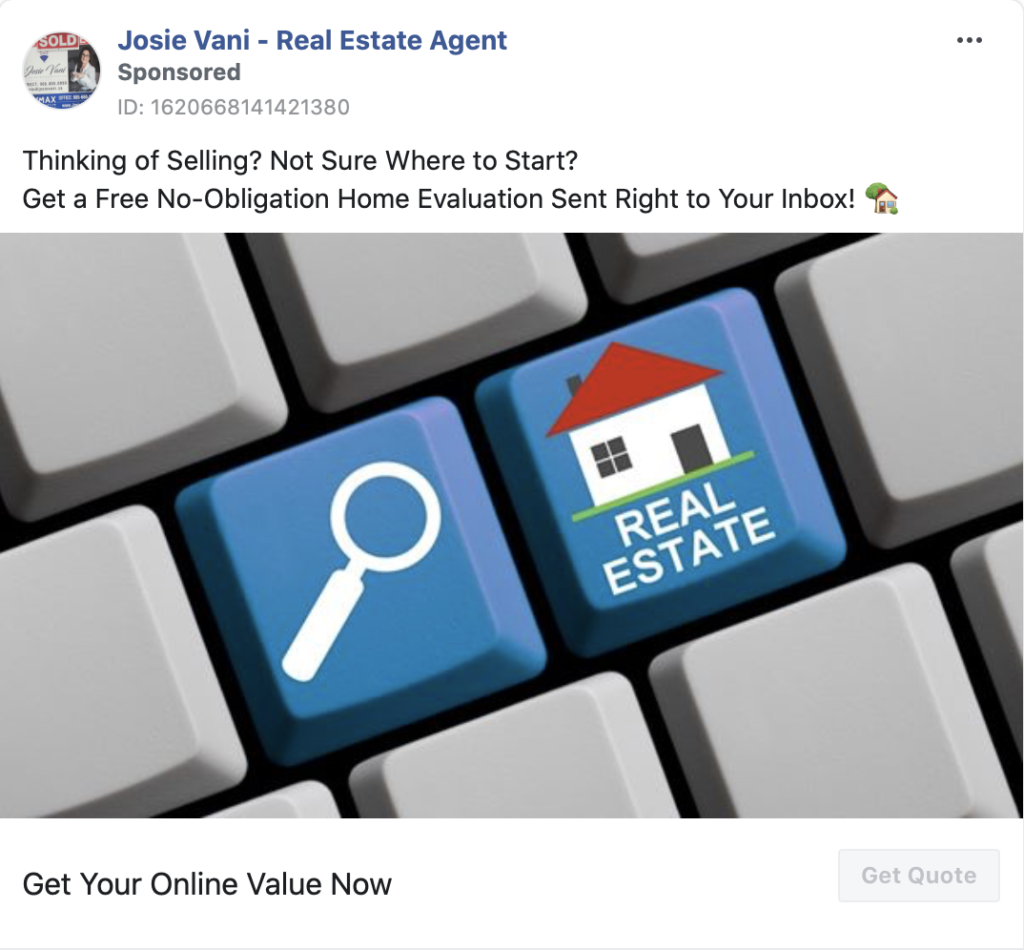
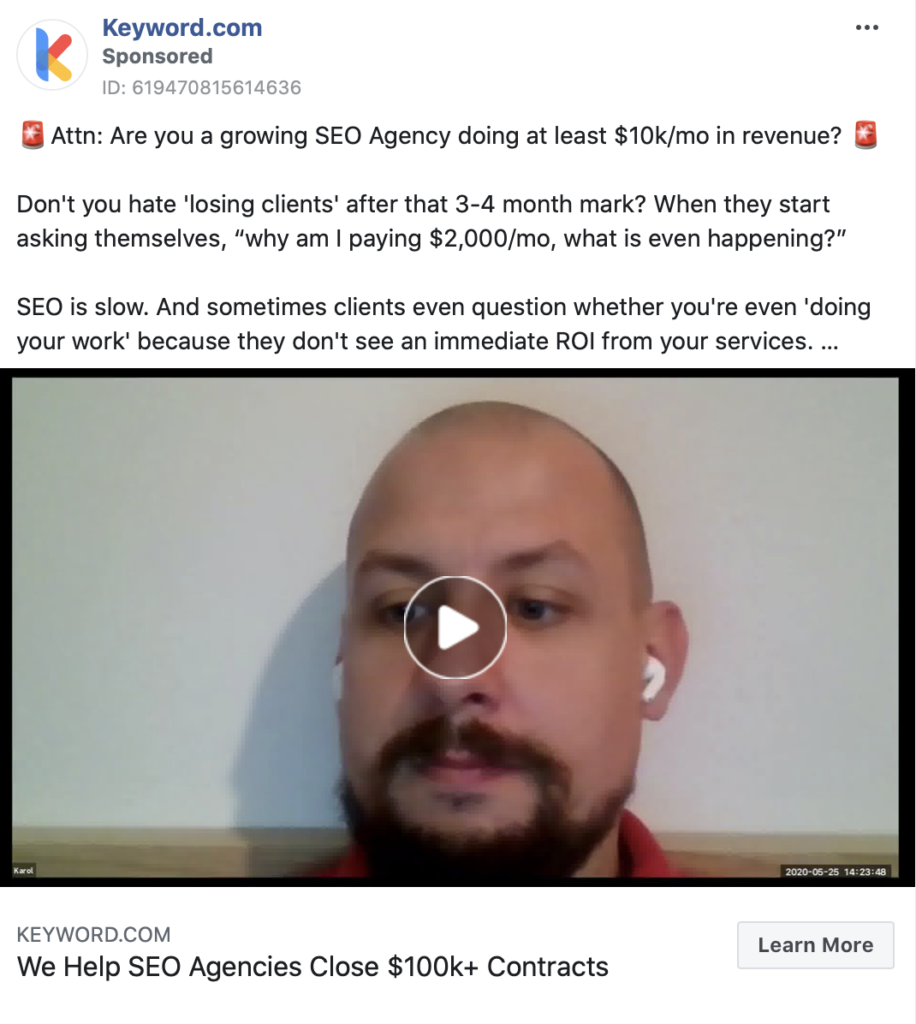
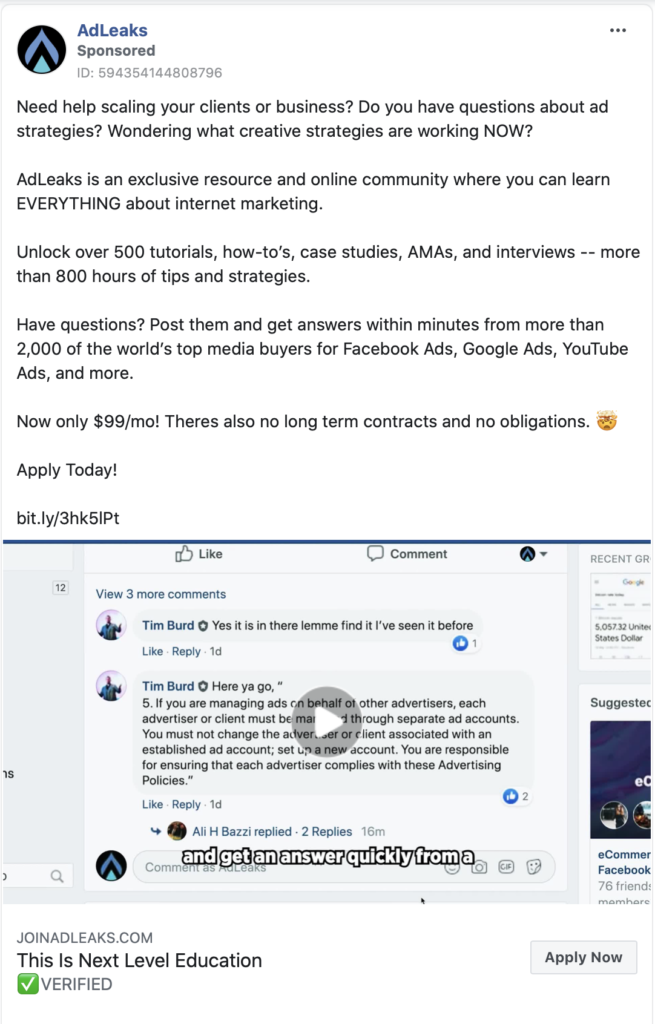
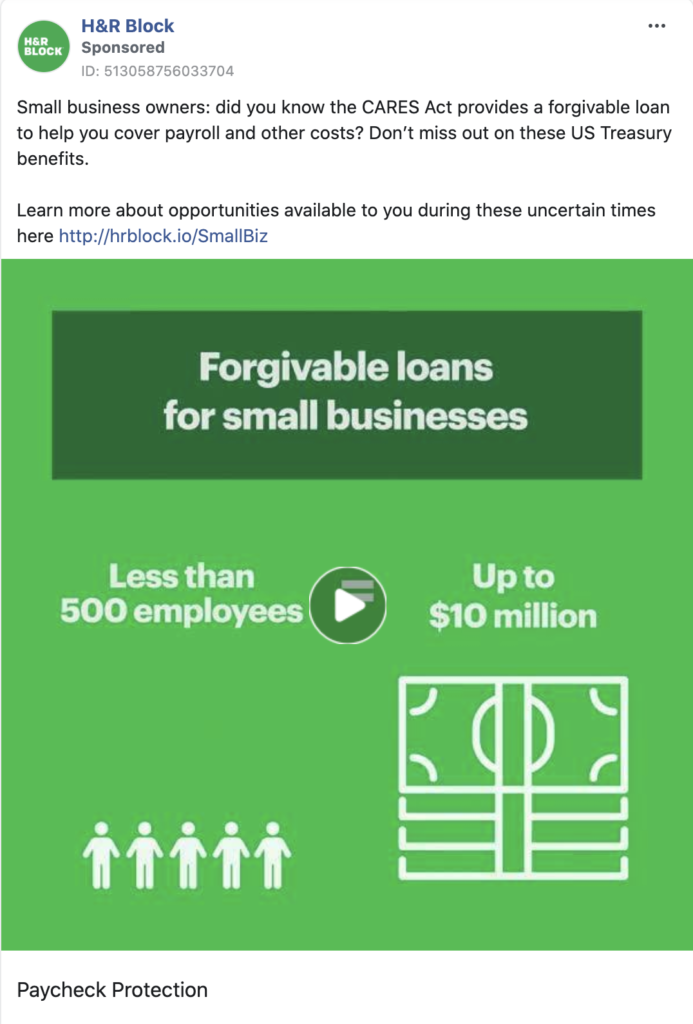
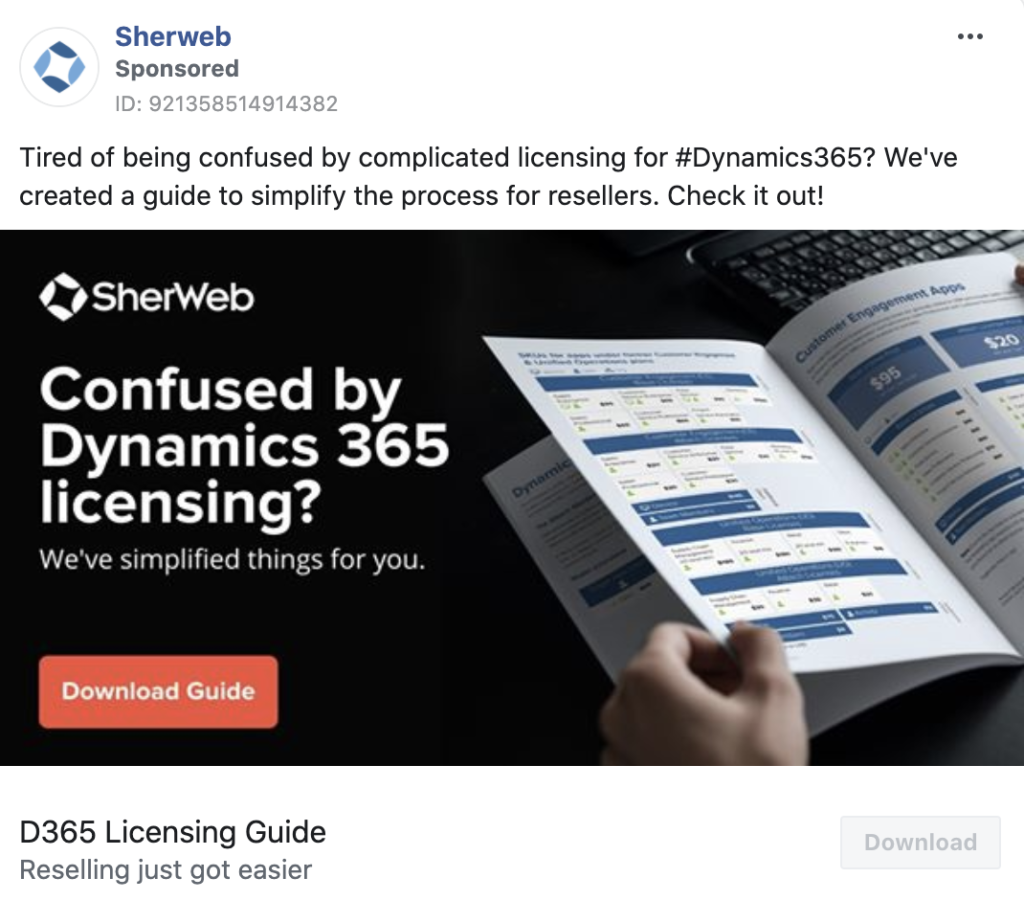
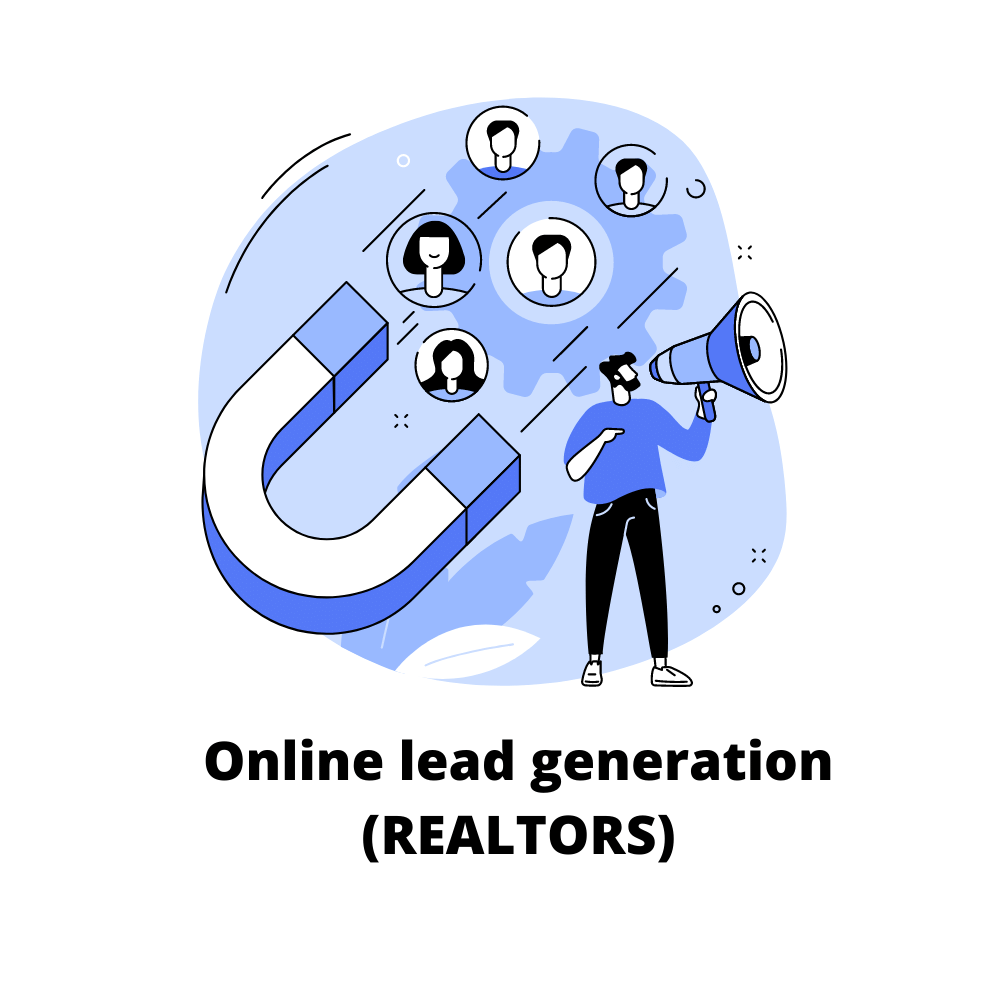
![Ultimate Guide On Real Estate Facebook Ads [Updated for 2022]](https://www.desa.ninja/wp-content/uploads/2020/12/Ads-2.png)
